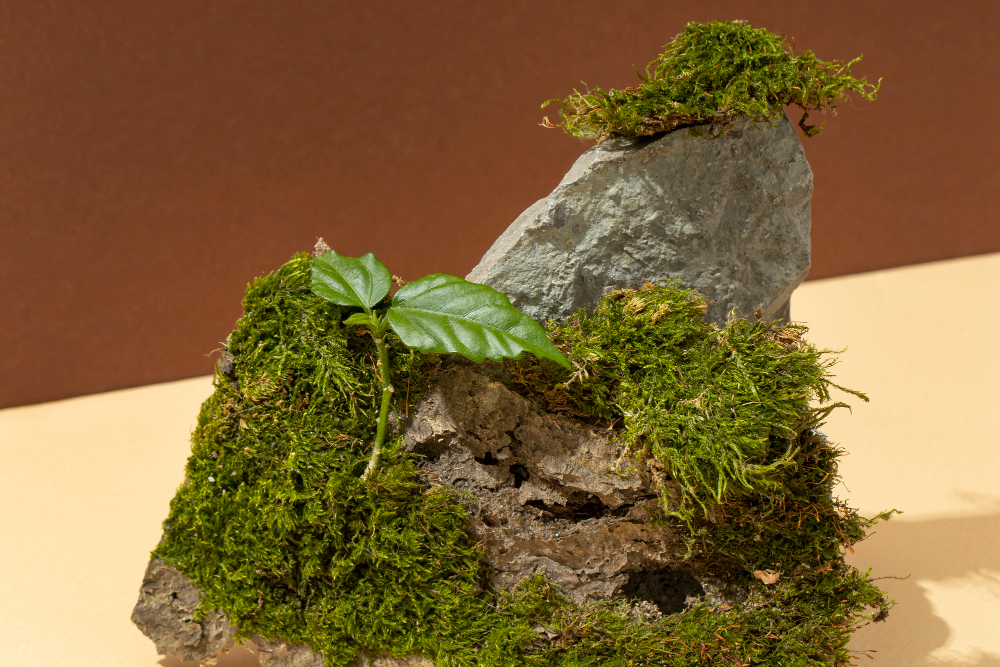Step into the enchanting world of miniature trees, where beauty and artistry combine to create breathtaking landscapes on a diminutive scale. Cultivating miniature trees, also known as bonsai, is an ancient horticultural practice that originated in China and later found its home in Japan. These tiny trees captivate the imagination with their delicate branches, intricate trunks, and intricate root systems. In this article, we will explore the art of cultivating bonsai trees, uncovering the secrets behind their aesthetic beauty and the joy they bring to enthusiasts around the globe.
The Art of Patience: Nurturing Nature’s Masterpieces
Cultivating miniature trees is an art form that requires patience and dedication. Unlike their full-sized counterparts, bonsai trees are carefully pruned and shaped to mimic the proportions and essence of mature trees in nature. It can take years, sometimes even decades, for a bonsai tree to reach its desired form. Each pruning cut, each wire twist, and each careful shaping brings the tree closer to its aesthetic ideal. This slow and deliberate process instills a sense of mindfulness and tranquility in bonsai enthusiasts, as they connect with the natural rhythms of growth and change.
The Power of Perspective: Creating Illusions of Grandeur
One of the most intriguing aspects of bonsai cultivation is the ability to create illusions of grandeur in miniature. Through careful design and perspective, bonsai artists manipulate the size and scale of trees, fooling the eye into perceiving these tiny trees as majestic giants. The strategic placement of smaller trees in the foreground and larger trees in the background enhances the sense of depth and vastness. Bonsai gardens, with their meticulously arranged landscapes, transport viewers to a realm where nature’s grandeur is condensed into a small, captivating display.
Mastering the Elements: Harmonizing Nature’s Forces
Cultivating bonsai requires an understanding of the elements and how they influence the growth and development of trees. Water, sunlight, and air all play crucial roles in shaping the miniature landscapes. Just as in nature, the balance between these elements is key to the health and vitality of the bonsai. Bonsai enthusiasts carefully monitor the moisture levels in the soil, adjust the amount of light the tree receives, and ensure adequate ventilation for proper growth. By mastering the elements, bonsai artists create an environment that supports the aesthetic beauty of their miniature creations.
The Zen of Pruning: Sculpting with Shears
Pruning is an essential technique in bonsai cultivation, allowing artists to sculpt and shape trees according to their vision. By selectively removing branches, leaves, and buds, bonsai enthusiasts can create the illusion of age, symmetry, and balance. Pruning also encourages the growth of smaller, more delicate foliage, adding to the aesthetic appeal of the miniature tree. However, pruning goes beyond mere aesthetics; it stimulates the tree’s natural response to stress, promoting strength and resilience. The act of pruning becomes a meditative exercise, where the bonsai artist channels their creativity and connects with the tree’s life force.
The Beauty of Imperfection: Embracing Wabi-Sabi
In the world of bonsai, imperfection is celebrated as an essential element of beauty. Wabi-sabi, a Japanese aesthetic principle, embraces the imperfect, the transient, and the incomplete. Bonsai trees often exhibit gnarled trunks, twisted branches, and exposed roots, which are seen as signs of character and history. Each scar tells a story, and the passage of time is reflected in the weathered appearance of the tree. By embracing imperfection, bonsai enthusiasts find a deeper connection with nature and an appreciation for the ever-changing beauty that comes with it. The asymmetry and uniqueness of each bonsai tree make them truly one-of-a-kind works of art.
The Magical World of Miniature Trees
Cultivating miniature trees, or bonsai, is a journey of patience, artistry, and connection with nature. It is a harmonious dance between the artist and the tree, where each cut and shaping brings the bonsai closer to its aesthetic ideal. The illusion of grandeur created by these tiny trees is a testament to the power of perspective and the creativity of bonsai artists. By mastering the elements and embracing imperfections, these miniature landscapes become windows into a magical world where nature’s beauty is captured in miniature form.
